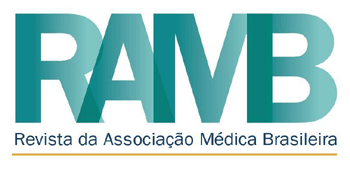SUMMARY
Women with mutations in the BRCA 1 and 2 genes are at increased risk for ovarian and breast cancer and therefore candidates for risk-reducing surgery, including salpingo-oophorectomy and mastectomy. Risk-reducing salpingo-oophorectomy (RRSO) is considered the most effective prophylactic measure for ovarian cancer prevention in this group of patients. This procedure involves loss of ovarian function and induced menopause. Estrogen therapy is the most effective treatment for controlling vasomotor symptoms and improving the quality of life of climacteric women. However, the potential hormonal stimulation of these tumors and the risk of breast cancer are a concern regarding the safety of hormone replacement therapy (HRT) in this population. This article aims to review the current evidence regarding the potential benefits and safety of HRT after RRSO.
Mutation; Estrogen replacement therapy; Salpingostomy; Ovariectomy; Salpingo-oophorectomy; Breast neoplasms; Ovarian neoplasms

 Thumbnail
Thumbnail
